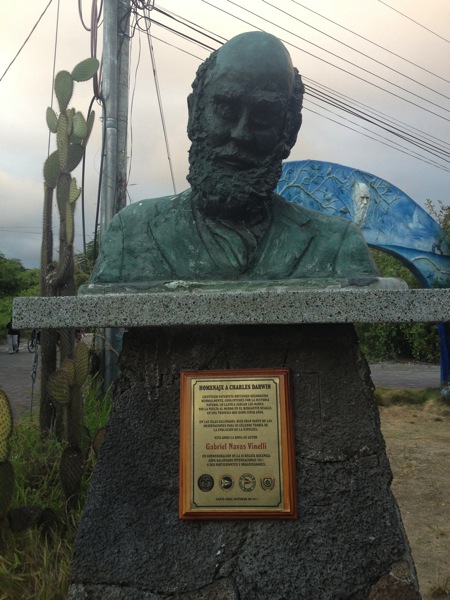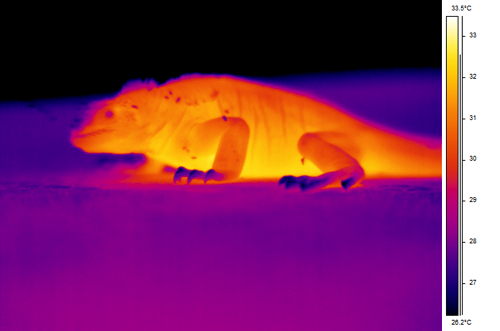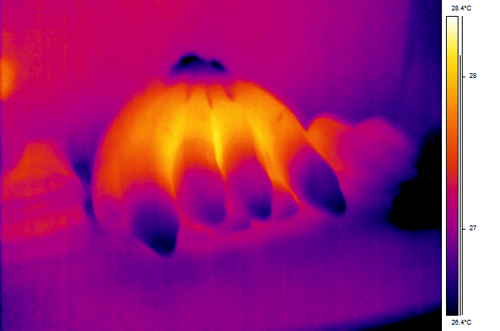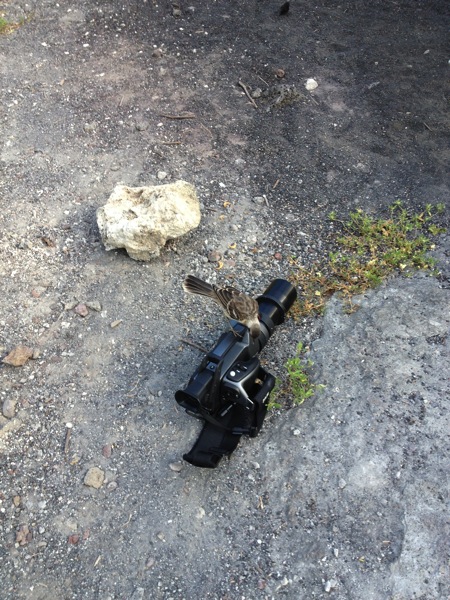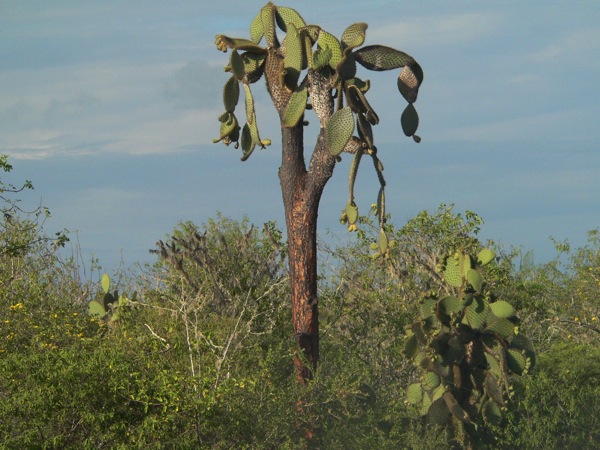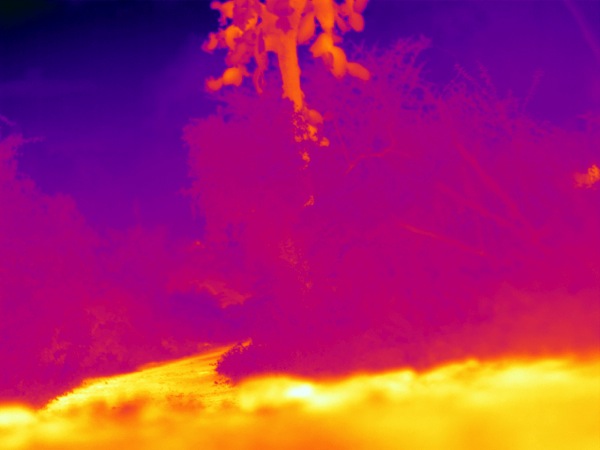It's been a while since I've posted on here. Somehow it is easier to come up with ideas to blog about when you are on a tropical island surrounded by wonderful flora and fauna. I am sitting in my office back at Brock University watching the hummingbird make regular visits to the feeder located inches from my head.
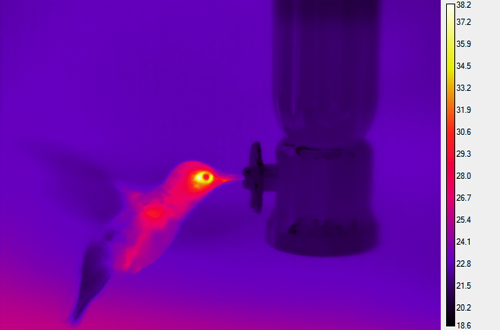
However, I want to use this opportunity to acknowledge some significant developments in my new found interest in avian physiology. Let this be an example of the funner aspects of science and the rewards of serendipitous research interests. I'll post this as a chronology here, but the reality is that this research has resulted from being allowed an unfettered approach to research. I fear that if I had specifically applied to granting agencies to do various aspects of this work, it is doubtful we would have been successful in being funded. Long live curiosity-based science! Of course, now that this curiosity science has helped to answer some questions for me, I am more and more interested in pursuing these questions in a more formal manner, but I won't bore people with those details.
2006-2009: I published a
paper on the toco toucan bill's losing significant amounts of body heat. Unplanned, but this generated a bit of publicity and helped me become introduced to some wonderful scientists and colleagues (see below). Thanks to my Brasilian co-authors, Dr. Augusto Abe and Dr. Denis Andrade for introducing me to these wonderful animals and to basically introducing me to this question.
2009: While writing up the paper above, I happened to be in Melbourne, Australia visiting my friend,
Dr. Matthew Symonds. As he is more mathematically inclined, I asked him to collaborate on a project examining the evidence in the published literature for
Allen's Rule in Bird bills. Remarkably, we found pretty strong evidence for this and published a neat account of this in
American Naturalist. Since this paper, I've become more interested in assessing the influence of the environment on morphology and physiology of birds.
2010 - present: Meanwhile, I received an email from
Dr. Russell Greenberg at the Smithsonian Institute about bird bills and heat loss and whether temperature might be explaining some of the variation in observations he was making in numerous sparrow species around North America. Russ invited my student, Viviana Cadena to work with him and Ray Danner on this project, which led to a
paper showing that two subspecies of song sparrows use their bills differently for heat exchange. Working with Russ and Ray has opened my eyes to the field of evolutionary physiology.
2010 - present: Meanwhile again, I struck up a conversation with my friend and colleague
Dr. Gary Burness at Trent University who does much work on avian stress physiological ecology and convinced him to collaborate on a project with his undergraduate, Jacqueline Huard on the potential plasticity of bill growth as a function of temperature in Japanese quail. The fruits of this project were just published in the
Proceedings of the Royal Society - B and also just highlighted in
Nature. We also discovered that temperature during early life may have long lasting effects into adulthood physiology.
2012 - present: Russ Greenberg suggested we apply to National Geographic Society to carry on our interests in the Galapagos and we were successful. This is also the time I started this blog, inspired by the camaraderie and collaborations of those above. Let's hope I can continue to update this chronology with studies with great people and scientists. I was able to meet
Dr. Jaime Chaves and start interacting with evolutionary biologists studying Darwin's Finches.
To wrap this up, it's been a blast. Thanks to all these people above and I hope for many future research opportunities. I wish all research were like this
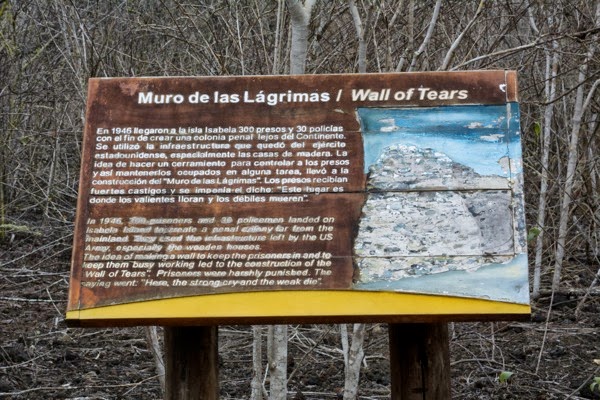
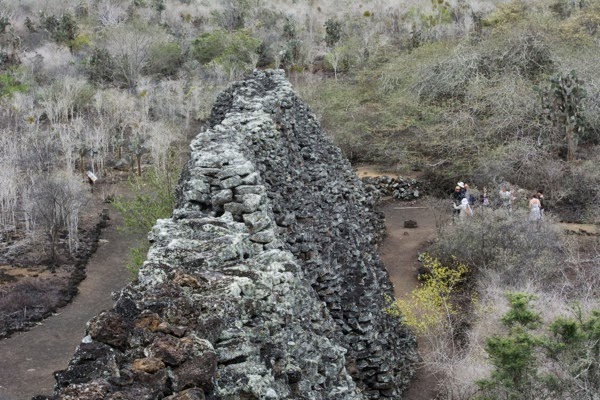


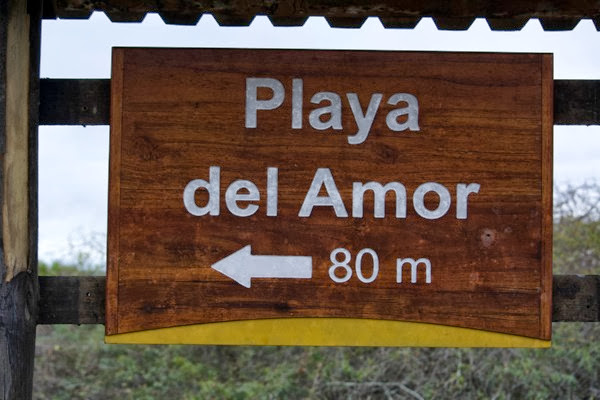 Evidently, marina iguanas can read signs since this is where all the lekking males hang out:
Evidently, marina iguanas can read signs since this is where all the lekking males hang out:
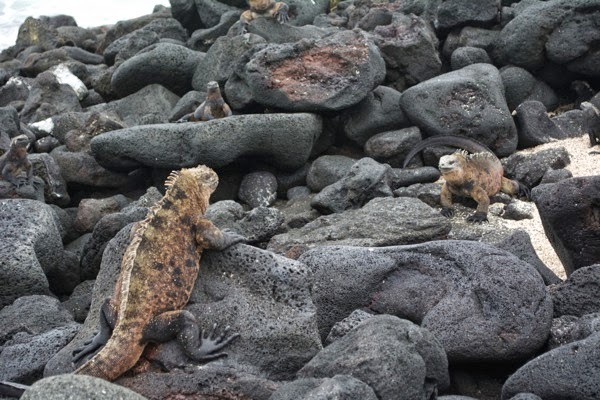 I can't really post any videos (since it's not breeding season here anyway, but I also can't upload large files), so I will cross post to someone who has written blogs on this:
http://zoologyweblog.blogspot.com/2012/07/marine-iguana-lek.html
I can see why my host here is fascinated with marine iguanas. Easy to approach and fascinating to watch for hours at a time. Unfortunately, my tourism trips got in the way of iguana watching.
I can't really post any videos (since it's not breeding season here anyway, but I also can't upload large files), so I will cross post to someone who has written blogs on this:
http://zoologyweblog.blogspot.com/2012/07/marine-iguana-lek.html
I can see why my host here is fascinated with marine iguanas. Easy to approach and fascinating to watch for hours at a time. Unfortunately, my tourism trips got in the way of iguana watching.
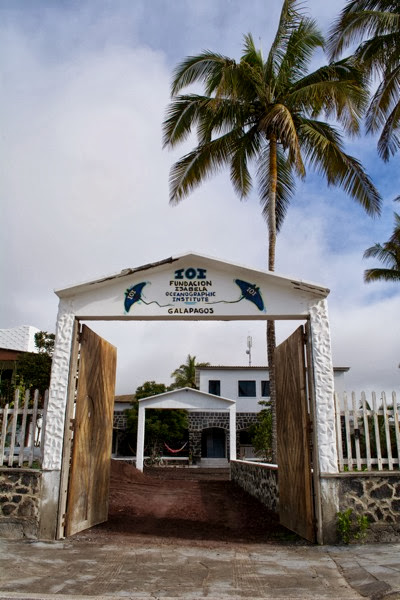
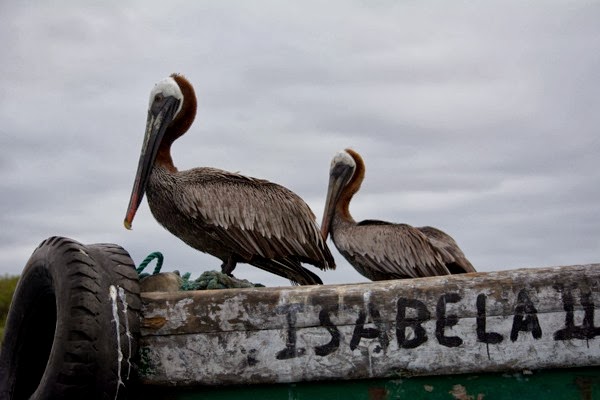
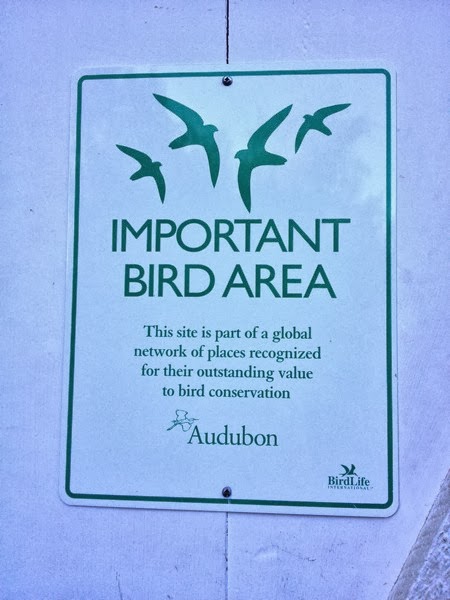
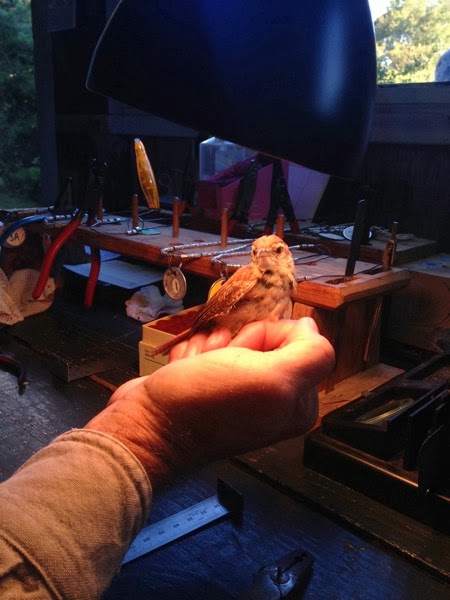

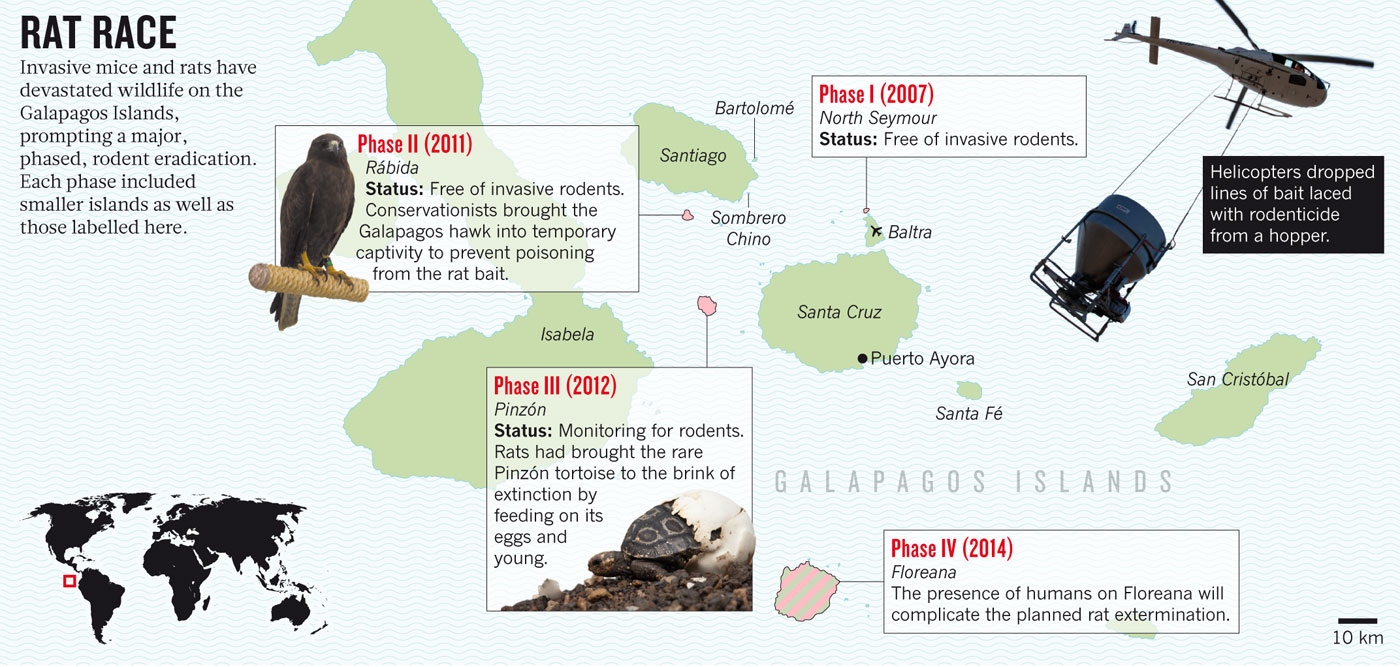 (Source: http://www.nature.com/news/invasive-species-the-18-km2-rat-trap-1.12992?WT.mc_id=FBK_NatureNews )
(Source: http://www.nature.com/news/invasive-species-the-18-km2-rat-trap-1.12992?WT.mc_id=FBK_NatureNews )
